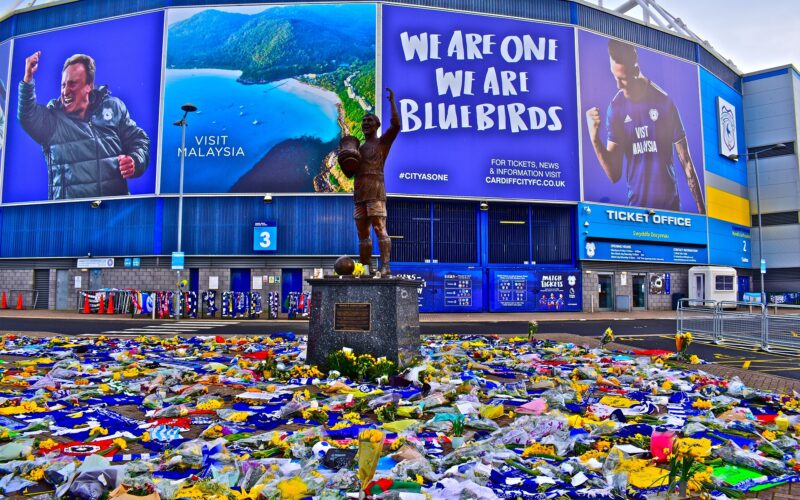For many, air travel symbolizes adventure, freedom and the pursuit of something greater, so when it goes tragically wrong, the loss of life seems all that more seismic.
The sense of loss following a plane crash or a helicopter accident that results in fatalities can be particularly acute.
Thankfully, the vast majority of people will never have to endure this, due to the aviation industry’s intense commitment to safety.
For all those people who have lost friends, partners and family in air disasters, they are left with a feeling of helplessness that they were unable to protect those they love most.
Though never comparable to losing a loved one, people can also experience a genuine sense of grief when a famous person, such as a star of the sports world, is killed in an air disaster.
These sports men and women become idols and heroes to thousands around the world, and when their talents are brought to a tragic and premature end, it can leave an entire population in mourning.
Kobe Bryant
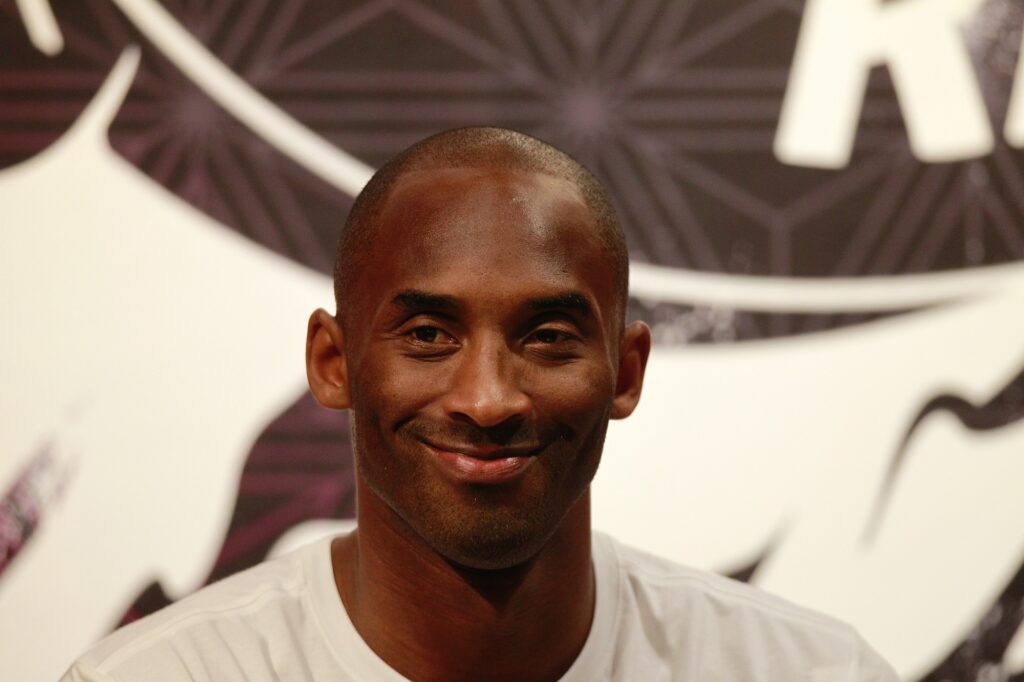
Kobe Bryant was an American hero to millions when he was killed in a Southern Californian helicopter crash at the age of just 41.
This giant of the NBA had achieved everything in the game as a five-time championship winner with the Los Angeles Lakers, a team to which he had devoted his entire career.
The final report of the US National Transport Safety Board (NTSB) concluded that the crash on January 26, 2020, which also took the life of Bryant’s 13-year-old daughter Gianna and six other people, was caused by the pilot’s poor decisions and a potential “self-induced pressure” to satisfy his famous passenger.
Despite his extensive experience (over 8,500 visual flight hours), the pilot’s decision to continue “to fly on sight in instrument meteorological conditions”, resulting in his spatial disorientation and loss of control, proved catastrophic.
The tragedy left millions bereft and ended the life of a sporting great who still had so much to give.
Emiliano Sala
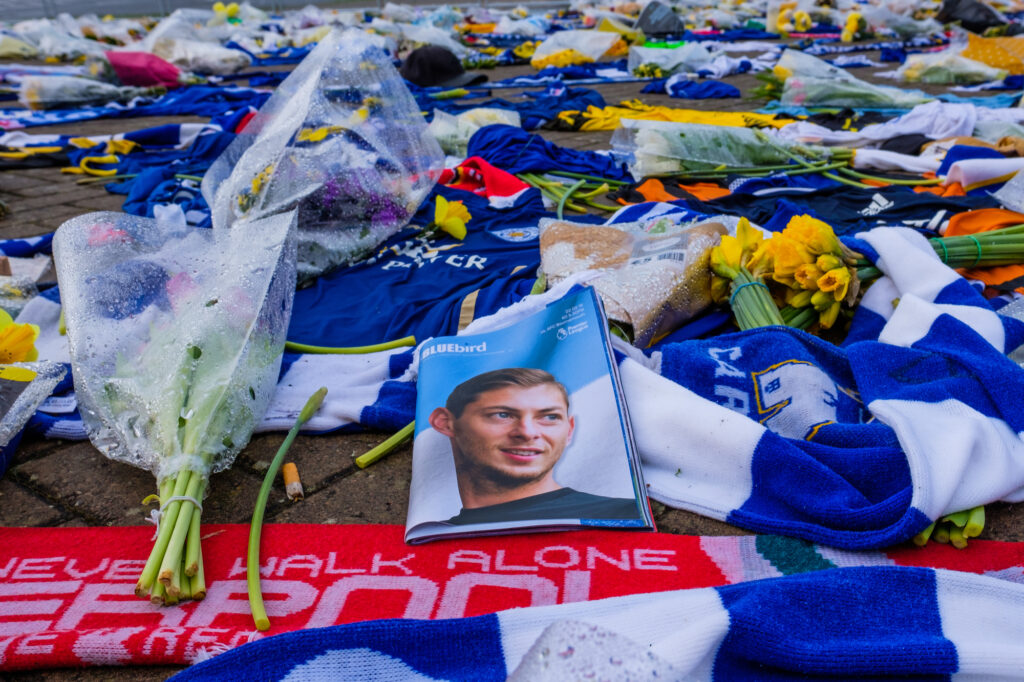
When Argentinian footballer Emiliano Sala boarded a plane in Nantes, France on January 21, 2019, he was surely looking forward to attending his first training session with Cardiff City, the British club that had recently signed him.
However, as he flew over the English Channel aboard a Piper Malibu aircraft, disaster struck and the plane crashed into the sea.
Although Sala officially died from head and chest injuries caused by the impact, an inquest heard that the striker would have been “deeply unconscious” due to fumes from the plane’s faulty exhaust system.
The aircraft accident investigation showed that the flight was illegal because it did not have the correct certificates or permissions to operate as a commercial flight. Maintenance was also not performed according to commercial flight standards.
The pilot, David Ibbotson, also perished in the accident. He did not hold a commercial pilot license (CPL) or a night rating. In addition, his rating to fly single-engine piston aircraft had expired and he had only limited experience flying in instrument meteorological conditions, when weather means that pilots must rely on their instruments rather than outside visual references.
On October 28, 2021, David Henderson, a former RAF officer who organized the flight for agent William ‘Willie’ McKay, was found guilty of endangering the aircraft. On November 12, 2021, he was sentenced to 18 months in prison.
Munich Air Disaster: Busby Babes
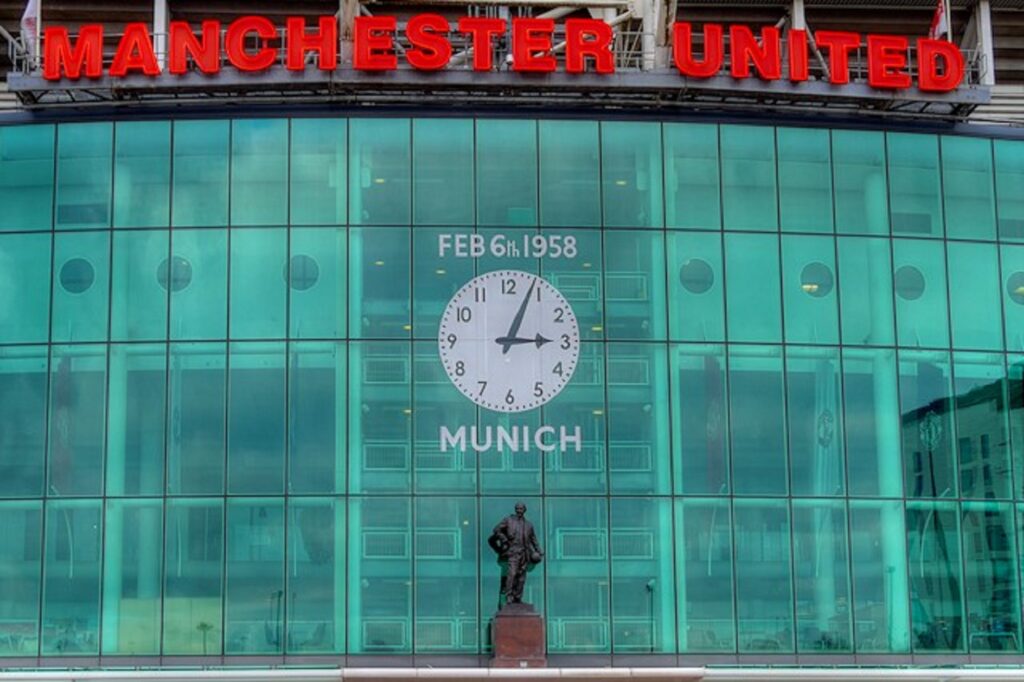
The Munich Air Disaster on February 6, 1958, has gone down in history as one of the biggest catastrophes in sporting history.
The Manchester United team, known as the Busby Babes in honor of its manager Sir Matt Busby, included some of the most talented footballers in the world, adored by hundreds of thousands of fans across the globe.
On the day of the plane disaster, the players and coaches were set to return to England after refueling at the now-closed Munich-Riem Airport, having beaten Belgrade in the former Yugoslavia.
Tragically, after attempting its third take-off from Munich, the British European Airways flight crashed. There were 40 passengers onboard, 20 of whom were killed instantly. Three more people subsequently died in hospital.
The eight players who perished were Geoff Bent (25), Roger Byrne (28), Eddie Colman (21), Duncan Edwards (21), Mark Jones (24), David Pegg (22), Tommy Taylor (26) and Liam Whelan (22).
At the time of the third take off, the runway was covered heavily with slush from churned-up snow.
As a result, the aircraft skidded at the end of the runway and crashed into a house, causing a fire and then an explosion.
An initial investigation blamed the pilot, who had survived, for not clearing ice from the wings. However, a decade later the cause of the crash was deemed to have been the slush on the runway which slowed the aircraft down.
In the years that followed, with the loss of so many team members, the fortunes of Manchester Utd struggled. However, under the leadership of Sir Matt Busby the club never gave up, and 10 years after the Munich Air Disaster the team won the European Cup.
Payne Stewart
Payne Stewart at Pinehurst in 1999 – pic.twitter.com/wFXbA9Ltb4
— TheGolfDivoTee™ (@TheGolfDivoTee) December 25, 2023
Payne Stewart was a highly acclaimed US professional golfer who achieved more during his short career than most can dream of. He won 11 PGA Tour events and three major championships, including the PGA Championship in 1989, and the US Open in both 1991 and 1999.
However, just four months after winning his second US Open trophy the 41-year-old was tragically killed when a LearJet on which he was travelling crashed in South Dakota.
According to the NTSB’s final report, it was not possible to verify what caused the death of Stewart and five other people onboard.
The NTSB said that the two pilots most likely lost consciousness due to a sharp drop in cabin pressure and a failure to get to emergency oxygen.
Shortly after take-off communication was lost with the pilots, and fighter jets were subsequently scrambled to reach the plane to try and identify the problem.
The business jet continued to fly for over four hours until its fuel eventually ran out and then it plummeted to the ground at incredible speed.
The NTSB’s ability to determine what happened was hampered by the extensive damage to the aircraft and the fact that there was no flight recorder onboard.
Rocky Marciano
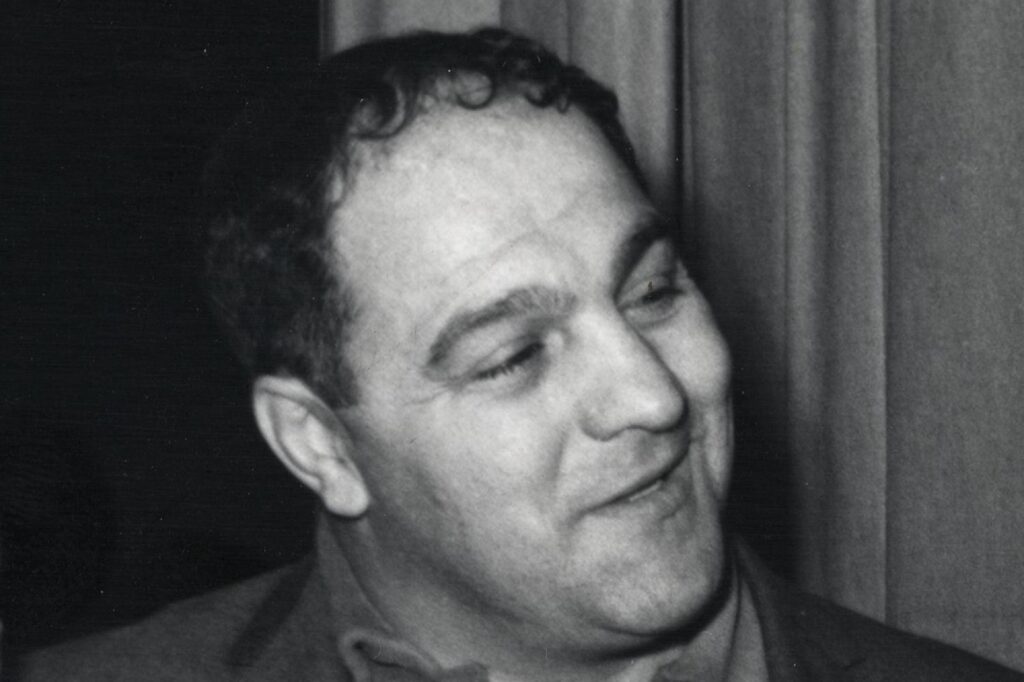
Rocco Francis ‘Rocky Marciano’ Marchegiano was one of the fiercest and most skilled boxers ever to grace the ring.
He is among only a handful of fighters, including Floyd Mayweather Jr, who finished their entire careers undefeated.
The Italian American boxer was adored by the crowds, and when he called time on his career, he had achieved an astonishing record of 49 wins with 43 stoppages. A true champion who defended his title to the bitter end, he even inspired the fictional movie icon Rocky Balboa.
Unfortunately, Rocky Marciano’s life ended in tragedy when he was just 46, as a passenger on board a Cessna 172-H that crashed.
According to the NTSB, on the night of August 31, 1969, an inexperienced pilot tried to land the Cessna at a small airfield outside Newton, Iowa.
“The pilot attempted an operation exceeding his experience and ability level, continued visual flight rules under adverse weather conditions and experienced spatial disorientation in the last moments of the flight,” the NTSB’s report stated.
By some accounts, the plane struck a tree around a mile and a half from Newton Airport (EWK), causing a wing to break off and ultimately destroying the plane.
Lokomotiv hockey team disaster
4 Years Ago today a Plane crashed resulting in the loss of the full Lokomotiv Yaroslavl Ice Hockey team R.I.P pic.twitter.com/dG7NBrT7VK
— GMBPanthersLive (@GMBPanthersLive) September 7, 2015
On Wednesday, September 7, 2011, the Lokomotiv Yaroslavl ice hockey team was due to fly to Minsk for a match in the Russian Kontinental League.
The Yakovlev Yak-42 charter flight was set to depart from Tunoshna Airport (IAR) in Russia with the flight crew, hockey team and coaches all onboard.
At around 4pm the aircraft began its take-off. However, it failed to get fully airborne and struck an antenna mast that was located about 450 meters from the end of the runway.
The impact caused the aircraft to veer to the left and it came crashing down onto the bank of the Tunoshonka River. 45 people perished at the scene and only two survived the crash.
The flight engineer Alexander Sizov and Russian international player Alexander Galimov were rushed to hospital for life-saving treatment, but only Sizov would survive.
The Interstate Aviation Committee concluded that the crash was caused by one of the pilots accidentally activating the aircraft brakes, and then trying to rectify the mistake by pulling the plane up too sharply.
The plane’s operator, Yak-Service, was castigated for not training its staff sufficiently. The pilots were found to have falsified documents claiming that they had undergone the necessary training for the Yak-42.
Alexei Morozov, who headed the investigation, said that the pilots had flown a similar type of plane but with a different layout, and may not have learnt the correct positioning for their feet.
Morozov also stated that the second pilot was taking a type of sedative to control a neurological disorder, and that this may have affected his feet and hands.
United States Figure Skating Team

On February 15, 1961, all 18 members of the 1961 United States (US) figure-skating team and 16 others accompanying them were killed when the Sabena Boeing 707-300 they were travelling on crashed in Belgium.
The aircraft left Idlewild International Airport, later to become John F. Kennedy International Airport (JFK), and flew for over seven hours before crashing as it approached Brussels Airport (BRU).
Including the US ice skaters and their entourage on the plane, 72 people were killed, as well as a further victim on the ground. The youngest skater was just 15, the eldest 24.
#OTD in 1961, 73 people, including an 18-member U.S. figure skating team en route to the World Championships in Czechoslovakia, were killed in the crash of a Sabena Airlines Boeing 707 in Belgium. | Photo Matty Zimmerman pic.twitter.com/FvJOzcwQYr
— AP Images (@AP_Images) February 15, 2020
Accident investigators could not ascertain what caused the crash, only that it had led to a loss of control.
The FAA believed it was most likely that the tail stabilizer-adjusting mechanism had failed, allowing the stabilizer to pitch to the 10.5deg nose-up position.
Following the tragic crash, newly elected President John F. Kennedy said: “Our country has sustained a great loss of talent and grace which had brought pleasure to people all over the world. Mrs. Kennedy and I extend our deepest sympathy to the families and friends of all the passengers and crew who died in this crash.”

